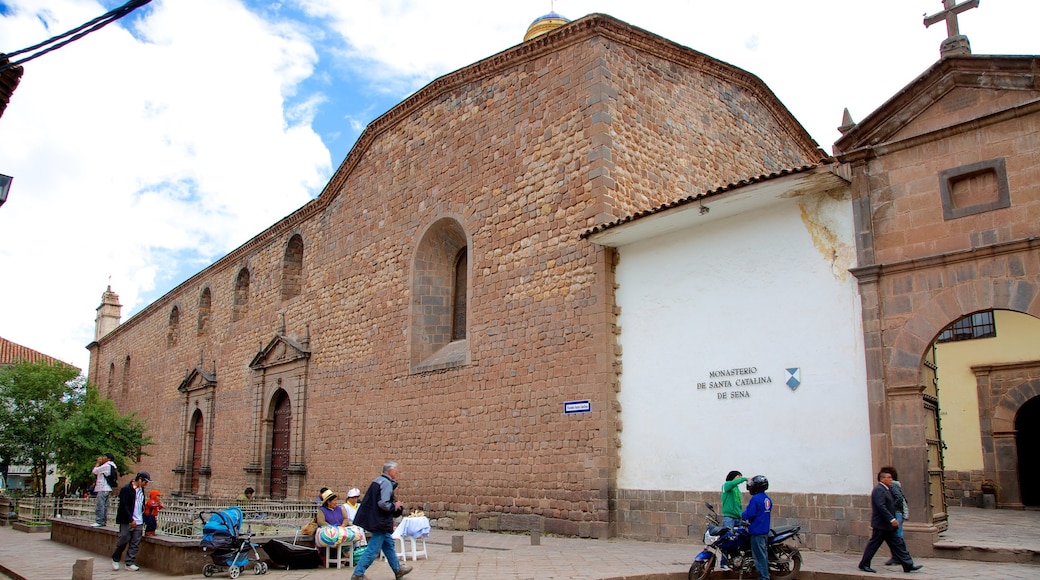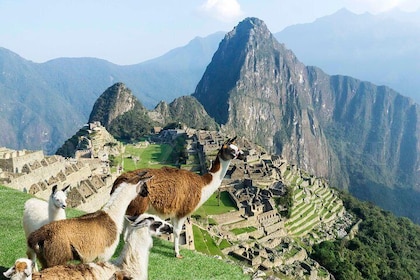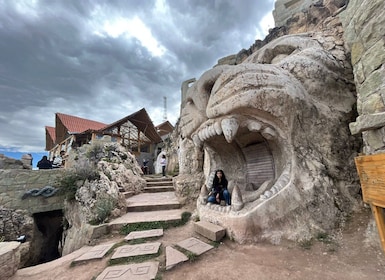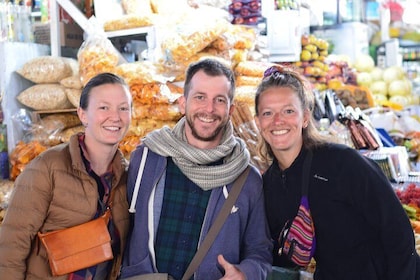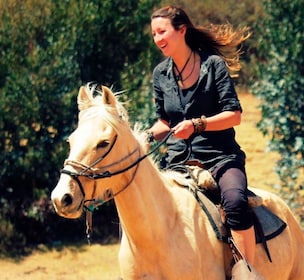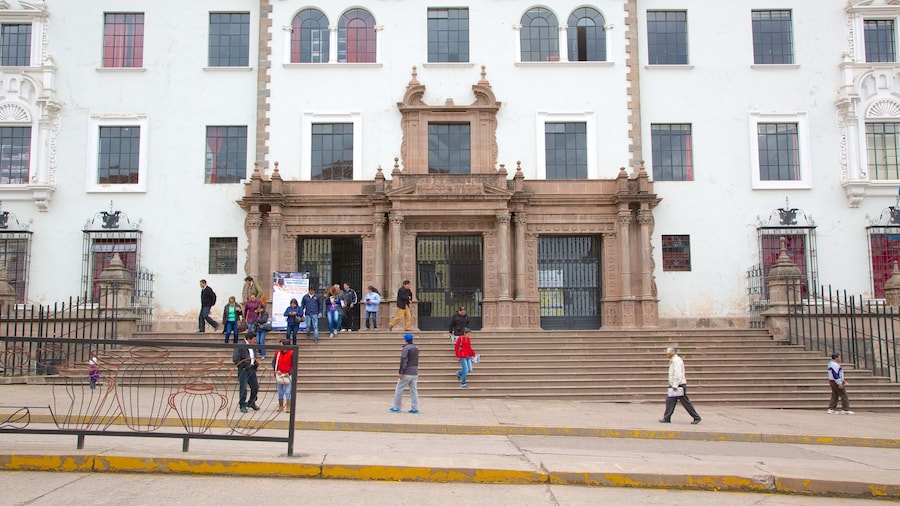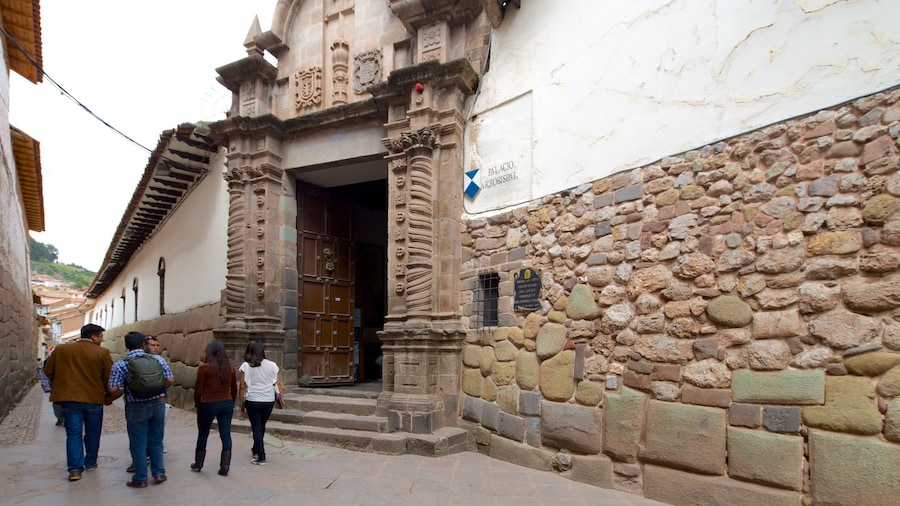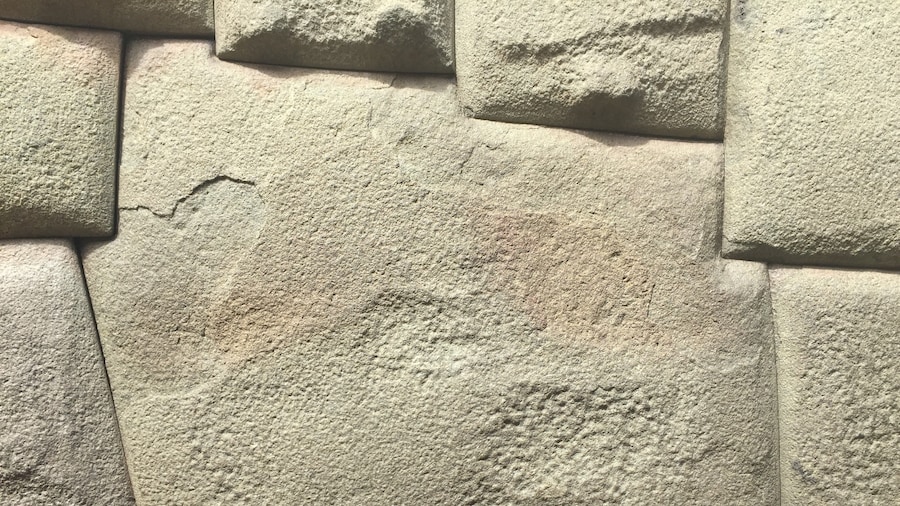Visit this enthralling religious site and discover its fine collection of artwork dating from the 16th through 20th centuries.
Santa Catalina Convent is a captivating church and convent with more than four centuries of history. Much of the convent is open to the public, allowing visitors a fascinating glimpse into the lives of the nuns living here and views of the convent’s valuable religious artwork.
The convent is built on the ruins of Acllawasi, an Incan institution where virtuous noblewomen lived and worshipped the Sun God. The women assisted in ceremonies, wove and prepared sacred bread and beer. The Santa Catalina Convent was founded on this site in the early 17th century and was destroyed by an earthquake in 1650. The rebuild began the following year and remains standing to this day.
Admire the architecture of the convent, a well-preserved example of Mudéjar(Spanish Moor) design. Look for beautifully painted arches and a gorgeous capitulary room decorated with murals. Inside the chapel you’ll see Baroque frescoes depicting Incan vegetation.
Don’t miss the convent’s strange trunk, which opens to reveal a small model of the life of Christ. This trunk was once carried by representatives of the Catholic church, who traveled to remote regions of Peru attempting to convert locals to Christianity.
Since 1975, the convent has housed one of the region’s leading collections of Amerindian art, a distinct blend of local and Spanish styles. In the first room, look for a series of four anonymous paintings depicting Señor de los Terremotos (Lord of the Earthquakes).
Find works by Marcos Ribera, Francisco Padilla, Diego Quispe Tito and other important local artists. Be sure to see the collection of paintings portraying the life and miracles of Santa Rosa de Lima, as well as the set of nine chasubles embroidered with precious metal.Don’t leave without buying some homemade mazapanes (marzipans) prepared by the convent’s nuns.
Santa Catalina Convent is open daily, with shortened hours on Sundays. Admission is included in the Cusco Tourist Ticket and guided tours are available. The convent is located a few blocks west of the city’s main square.
